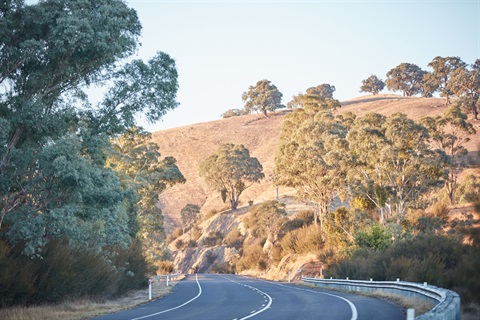
Although inland waterways – such as rivers, creeks, lakes, and dams – are fantastic for recreational swimming, boating and fishing, it’s vital to keep in mind that they can also be very dangerous due to debris, strong currents, and submerged objects.
Sadly, Australia’s third-highest drowning black spot is the Yarra River.
Remember these vital tips to keep you and your family safe when spending time around water:
- Put on a life jacket: You may not have time to put it on in an emergency.
- Never go swimming by yourself: always make sure there’s someone looking out for you.
- Learn CPR: Many organisations provide training, such as Life Saving Victoria, Australian Red Cross, and St John’s Ambulance.
- Avoid alcohol: A contributing factor in a large proportion of drowning cases is alcohol. Alcohol affects judgement, promotes taking more risks, decreases coordination, slows reaction times, and lessens the efficiency of CPR.
- Check the current: Strong currents and fast-flowing water are a significant risk. Check the current by throwing a leaf into the water to see the speed it travels. If you get caught in a current, float on your back feet first, and go with the current – don’t panic.
- Check the depth: Submerged objects such as rocks, snags and tree branches can’t always be seen. Look for submerged objects using a stick. Don’t jump or dive into the water. Enter the water slowly and feet first.
- Watch your footing: Slippery banks and uneven surfaces can cause unintentional falls into water, which are a significant risk.
- Check the forecast: Changing seasonal patterns and floodwater can be dangerous. Make sure you check the conditions before venturing out. Never drive through floodwaters.
- Check the temperature: Water temperatures in rivers, lakes and dams can drop to freezing in winter and cause cold water shock if you fall in.
/Public Release. View in full here.








